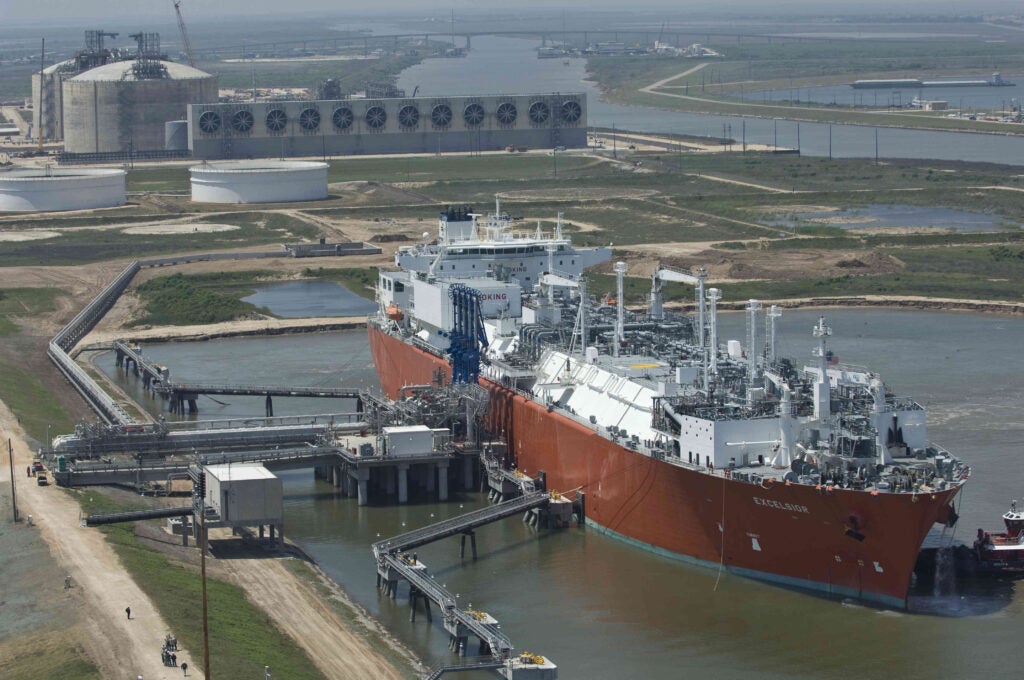Global oil markets have registered a marginal upward growth due to the shutdown of the Forties pipeline in the North Sea and ongoing output cuts imposed by OPEC-led producers.
However, growing US oil production continues to keep a cap on further rise in prices.
US West Texas Intermediate (WTI) crude futures increased 17 cents, or 0.3%, to trade at $57.21 a barrel, according to Reuters.
Brent crude futures, the international benchmark for oil prices, witnessed a rise of 15 cents, or 0.2%, to trade at $63.46 a barrel.
Traders observed that the ongoing closure of operations at the Forties pipeline, which carries North Sea oil to Britain, resulted in the price rise.
US investment bank Jefferies was quoted by the news agency as saying: “Forties pipeline operator Ineos declared force majeure on crude deliveries following Tuesday’s discovery of leaks in the pipeline, indicating that repairs could take several weeks.
How well do you really know your competitors?
Access the most comprehensive Company Profiles on the market, powered by GlobalData. Save hours of research. Gain competitive edge.

Thank you!
Your download email will arrive shortly
Not ready to buy yet? Download a free sample
We are confident about the unique quality of our Company Profiles. However, we want you to make the most beneficial decision for your business, so we offer a free sample that you can download by submitting the below form
By GlobalData“If the duration of the outage is for several weeks it should put upward pressure on the Brent price.”
While the pipeline outage affects the North Sea region, it assumes global significance as the crude it supplies underpins the Brent price benchmark.
Prices have also been helped by continuing production cuts by the OPEC and other non-OPEC producers, who reached an agreement to extend the cuts until the end of next year.
Meanwhile, US companies have been engaged in ramping up of output, which rose 16% since mid-2016 to 9.78 million barrels per day (bpd).
In its monthly report, the International Energy Agency (IEA) said: “Total supply growth could exceed demand growth: indeed, in the first half the surplus could be 200,000bpd before reverting to a deficit of about 200,000bpd in the second half, leaving 2018 as a whole showing a closely balanced market.”





